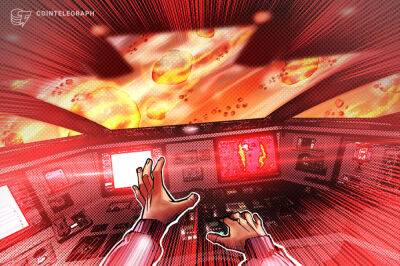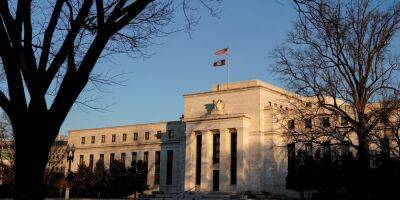Monero 'falling wedge' breakout positions XMR price for 75% rally
Monero (XMR) price dropped by nearly 10% three days after establishing a week-to-date high around $290 on April 24. Nonetheless, several technical indicators suggest that the XMR/USD pair is poised to resume its uptrend over the next few months.
Notably, XMR's price broke out of its "falling wedge" structure in late March. It continued its move upside in the later daily sessions, with rising volumes indicating bullish sentiment among Monero traders.
Traditional analysts consider falling wedges as bullish reversal patterns, i.e., the price first consolidates within a contracting, descending channel, followed by a strong bounce to the upside.
As a rule, the falling wedge's breakout target comes to be near the level at length equal to the maximum distance between the pattern's lower and upper trendline.
The XMR's falling wedge is up to nearly $250-long. Meanwhile, the structure's breakout point sits around $210. As a result of this, the Monero token's upside target comes to be near $470, up more than 75% from today's price.
Nevertheless, XMR still needs to close above $300, a psychological resistance level, to confirm its move toward the falling wedge target.
XMR's bullish outlook also appears in the months leading up to Monero's hard fork.
Notably, Monero will undergo a tentative protocol upgrade in July, preceding a testnet deployment in May. The update aims to increase the ring size from 11 to 16 to ensure that XMR transactions have a larger anonymity set to make it harder to find the transaction source.
#Monero has a network upgrade (hardfork) on July 16th 2022 at block 2668888.Privacy and performance will be improved! The update includes: Ring sizes will increase from 11 to 16 View tags to speedup wallet/node syncMultisig
Read more on cointelegraph.com
![Can Fantom’s [FTM] recent near 19% spike improve its long-term prospects - ambcrypto.com](https://finance-news.co/storage/thumbs_400/img/2022/5/22/26685_c3s.jpg)


![Amid widespread weaknesses, how Monero [XMR] is managing to stay optimistic - ambcrypto.com - city Santiment](https://finance-news.co/storage/thumbs_400/img/2022/5/22/26682_4uh.jpg)





![Red or green? Identifying what color Bitcoin [BTC] is today - ambcrypto.com](https://finance-news.co/storage/thumbs_400/img/2022/5/22/26676_uje82.jpg)











